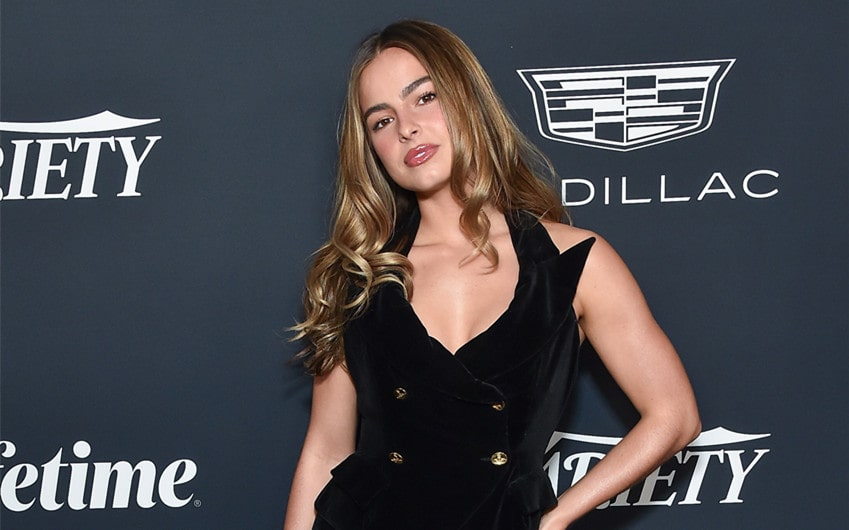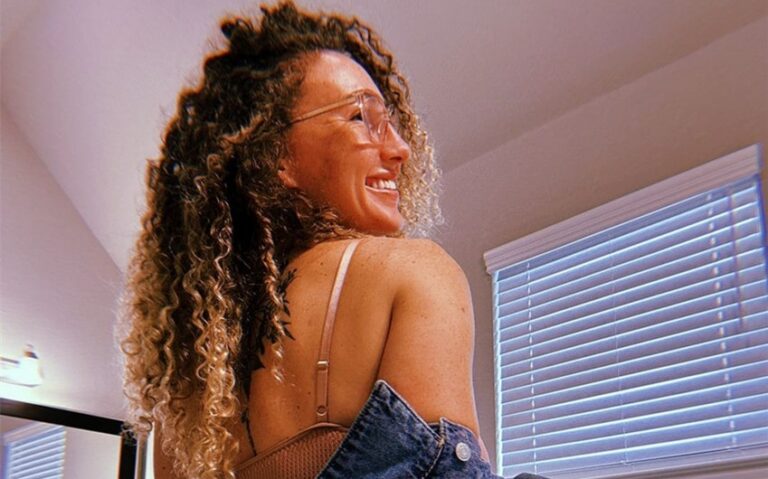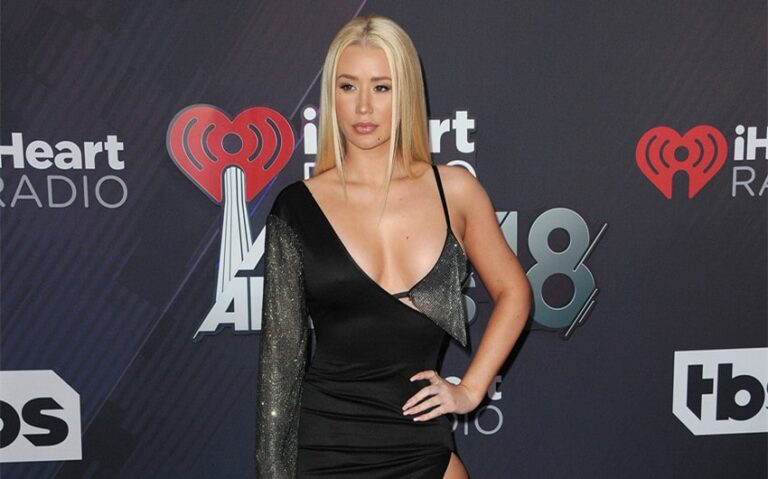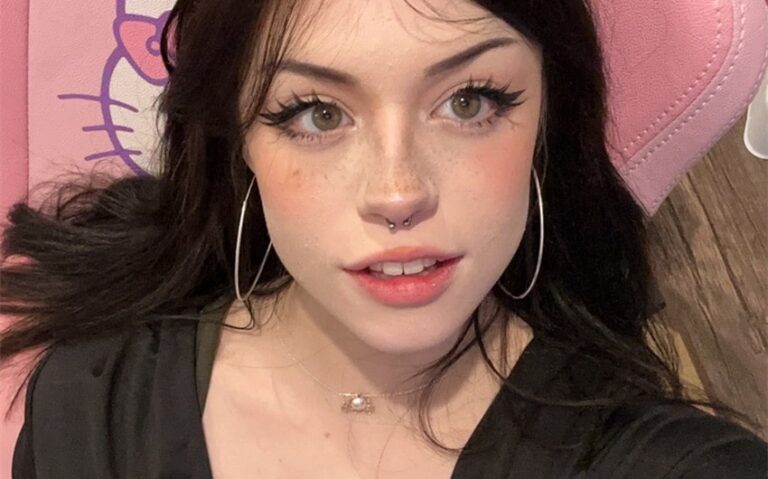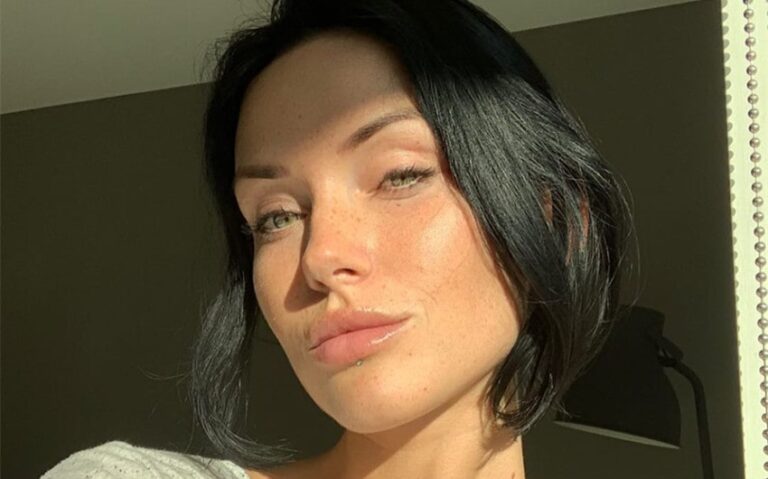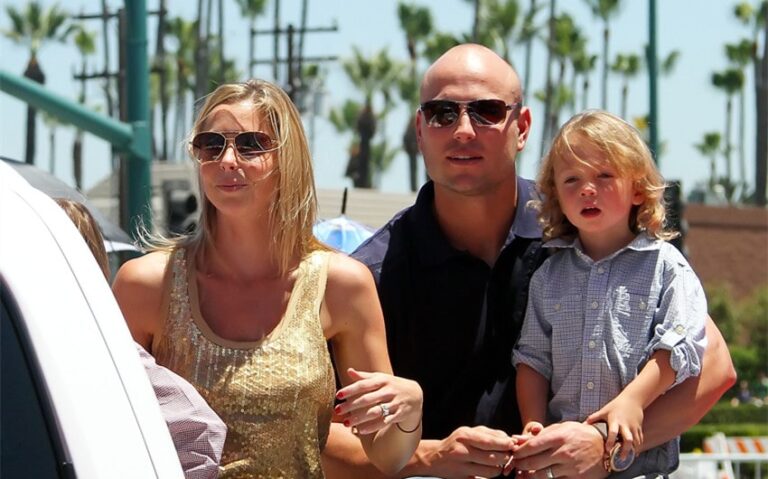Addison Rae’s OnlyFans and the Blurred Line Between Fame and Freedom
When rumors—or even the mere suggestion—of Addison Rae’s OnlyFans surfaced, the internet immediately lit up with speculation, anticipation, and a swirl of opinions. Whether she’s officially on the platform or not, the idea alone speaks volumes about today’s media landscape. Addison Rae’s OnlyFans has become less of a question and more of a cultural mirror, reflecting the complex relationship between celebrity, personal branding, and fan access in the digital age. It’s not just about whether she posts—it’s about what her presence on such a platform would mean.
From TikTok to Hollywood: The Rise of Addison Rae
Addison Rae didn’t just become famous—she helped define what internet fame looks like for an entire generation. She exploded onto the scene with viral TikTok dances and a magnetic camera presence that translated far beyond the app. As one of the first TikTok creators to land mainstream recognition, Addison quickly moved into brand deals, red carpets, and Netflix roles.
Her transition from teenage TikTok star to full-blown celebrity wasn’t just fast—it was carefully managed. She became the face of major beauty campaigns, launched her own music career, and cultivated a wide-ranging audience that includes everything from Gen Z fans to industry execs. In doing so, she built a career that toes the line between internet spontaneity and Hollywood polish.
But fame at that level doesn’t come without trade-offs. When you’re living in the algorithm, fans expect more than content—they expect access. And that’s where platforms like OnlyFans come into play.
The Power of Access: Why Fans Want More
What social media started—breaking down the barrier between celebrity and follower—OnlyFans took to another level. It’s not just about content anymore. It’s about closeness. Fans today don’t just want to see their favorite stars—they want to feel like they know them. They crave behind-the-scenes snippets, real-time updates, and content that feels less manufactured and more intimate.
For someone like Addison Rae, whose brand has always walked the line between relatable and aspirational, the draw is clear. An OnlyFans page—whether it’s filled with glamorous photos, daily vlogs, or cheeky selfies—offers a chance to deepen the relationship with fans on her terms. It removes the noise of public comment sections and gives creators full control over their presentation, pace, and pricing.
That kind of access is powerful. And for fans, it’s irresistible.
Addison Rae’s OnlyFans: Reclaiming the Narrative or Feeding the Hype?
If Addison Rae were to fully embrace OnlyFans, it wouldn’t just be a content pivot—it would be a bold branding decision. The platform still carries cultural assumptions, often reduced to its adult content roots. But many creators, celebrities included, are reshaping that narrative. OnlyFans is increasingly becoming a space for exclusive content of all kinds—from fitness tutorials to personal journals to artistic shoots.
In Addison’s case, the move could be seen as reclaiming her own narrative. For years, she’s been the subject of intense scrutiny—from paparazzi to public breakups, leaked DMs to commentary on her fashion choices. With OnlyFans, she could flip the script: show what she wants to show, how and when she wants to show it.
At the same time, it would likely supercharge her cultural presence. Speculation about her content, comparisons with other creators, and media coverage would skyrocket. So would her earnings. That tension—between power and publicity, control and curiosity—is exactly what makes the idea of Addison Rae’s OnlyFans so compelling.
Celebrity Meets Subscription: The New Economy of Fame
In the past, celebrity influence came from studio contracts, ad campaigns, and media coverage. Now, it’s increasingly tied to subscription models. Platforms like OnlyFans, Patreon, and Substack let creators monetize their fanbase directly—no middlemen, no algorithms deciding visibility, no advertiser oversight.
Addison Rae represents a new generation of fame, one that was born online and knows how to thrive there. Her fans didn’t discover her through a talent agent or magazine profile—they found her dancing on a bedroom floor. That kind of origin story fits perfectly with platforms that reward direct connection.
With a subscription-based model, celebrities are no longer just performers. They become producers, marketers, and gatekeepers of their own brand. And in that sense, OnlyFans isn’t controversial—it’s a natural evolution.
Branding, Boundaries, and the Modern Female Celebrity
But the conversation around Addison Rae’s OnlyFans can’t be separated from the broader dialogue about how women are judged for monetizing their image. While male influencers or musicians face praise for launching paid platforms, women often meet criticism, assumptions, or even outrage—especially when those platforms have a sexualized reputation.
Addison’s brand has long leaned into femininity, confidence, and empowerment. Whether she’s posting photos in glam outfits or sharing her skincare routine, there’s always been a strong sense of owning her look and her voice. If she were to embrace OnlyFans fully, it would be a continuation of that self-ownership—not a betrayal of it.
Still, the balancing act is real. Celebrities, especially young women, are expected to be sexy but not “too much,” relatable but still polished, empowered but not “provocative.” OnlyFans forces people to confront those contradictions—and it often exposes society’s double standards in the process.

